Annapurna base camp from Pokhara: Regarded as one of the best treks in the world, the Annapurna Base Camp Short Trek – 7 days is a must-do if you are on an adventure holiday in Nepal and have a limited time but want to walk across the mountains. Annapurna Base Camp Short Trek from pokh – 6 Days takes you past typical Nepalese countryside dotted with terraced fields, traditional villages, green hills, snowy mountains, and raging rivers.
Beginning of our Trek
Your Short Annapurna Base Camp Tek begins with a scenic drive from Pokhara. A short drive from the city of lakes and you will reach the village of Matque the starting point of your trek.
A short hike from Matque past a verdant trail brings us to the first stop of our journey, Chhomrong.
The traditional Gurung village of Chhomrong beckons with awe-inspiring views of the Annapurna Massif and the majestic Machhapuchhre. As you follow the trail, you will traverse across paddy fields, cross wooden bridges, and pass farms with mud houses. Raging rivers and lush woodlands filled with rhododendron, oak, and moss-draped trees line the path, while colorful wildflowers carpet the trail. Annapurna Conservation Area Project is a protected zone home to several endangered Himalayan flora and fauna, where unique wildlife of the region can pop up anytime. Red Pandas, Snow Leopards, Himalayan Black Bear, Musk deer, etc. are a few of the animals found here.
Entry and Permits
The following permits are required for trekking to the Upper Mustang region:
- Upper Mustang Restricted Area Permit for all foreigners: US $500 per person for the first 10 days and US $50 per person per day thereafter.
- ACAP entry permit fee for foreigners: 3,000 NPR (Approx. US $30)
- ACAP entry permit fee for SAARC nationals: 200 NPR
Note: All the trekking permits are handled by the Alpine Club of Himalaya.
Travel Insurance:
All clients engaging in any activity must have smart travel insurance or emergency evacuation insurance. Alpine Club of Himalaya highly suggests you obtain a comprehensive insurance plan from a reliable insurance firm that covers emergency evacuation insurance in high altitudes, personal injury, hospital expenditures, repatriation fees, helicopter rescue, and any other misfortune.
Passport and Visa required for Annapurna base camp from Pokhara:
The Nepalese embassy in your country or the immigration office at Tribhuvan International Airport in Kathmandu must issue each client a valid visa with a six-month validity from the date of return.
Meals and drinking water:
Along the Annapurna Region Trek, you’ll be provided with various Nepali, Tibetan ethnic cuisines, and varieties of continental as well as western meals. Local inhabitants run a network of teahouses along the trail, offering a range of options from basic and minimal facilities to luxurious accommodations. This unique feature allows trekkers to experience a variety of cuisines, a rarity on most Nepali trekking trails. Annapurna Region is a plastic-free zone and has banned the use of bottled Mineral Water. The trekking trail boasts readily available natural water sources accessible through taps. However, since this water is untreated, avoid drinking it directly. Instead, opt to refill your water bottles with either boiling water or cold, filtered water from the many teahouses lining the trail.
If you buy a water purification tablet, chlorine drops, or utilize SODIS (sunlight assisted) filtration procedures for further assurance, saving money, and reducing plastic pollution.
Accommodation for Annapurna base camp from Pokhara:
Tourist-friendly hotels, lodges, and local accommodations are available on trekking trails and, providing with basic accommodations to luxury and grandeur ones. Luxury hotels and teahouses are situated along the trail that suits your budgets providing comfortable beds with a pillow, electric blankets, hot and cold showers, free WIFI, and many more.
Teahouse along the Annapurna region provides you with hot showers, and western attached bathrooms and the rooms mostly include twin sharing beds as well as a single bed, with a hygienic and clean atmosphere, good mattresses, a pillow, and blankets.
Campsites are also available along the trail providing a special opportunity for campers to sleep under the stars.
Equipment’s List:
Essential gears
- Sunglasses Polarized
- Sun hat
- Backpack (waterproof) (can be rented)
- Refillable water bottles
- Good quality, super-warm 4-season sleeping bag (can be rented)
- Hand towel
- Energy Bars
- Wet wipes
- Toiletries
- Frontal torch and flashlight with spare batteries
- Sunblock and high SPF lip balm
- Map
- Compass
- Penknife
- Wash bag (Toothpaste, Toothbrush, and other personal hygiene items)
- Sewing Kit
- Trekking poles (can be rented)
- Duffel Bag (provided by the company)
Clothing:
- Anorak/parka with hood (waterproof) x 1
- Down jacket x 1
- Fleece x 1
- Thermal top x 2
- T-shirts x 3, long sleeve shirts x 2-3
- Waterproof trousers x 1
- Warm trousers x 2
- Hiking shorts/trousers x 1
- Long thermal pants x 1
- Thermal underwear
- Socks thin and thick x 6
- Hiking boots
- Gaiters
- Comfortable closed shoes (for around camp)
- Mittens and ski gloves
- Balaclava and woolen hat
- Scarf
First Aid kit:
- Imodium or Pepto Bismo capsules for upset stomach or diarrhea.
- Diamox for altitude sickness. The guide will help you to take it.
- One small personal-sized first-aid kit with blister treatments such as moleskin, bands, anti-infection ointments, and muscle relief ointments.
Best Time to Visit?
The best season for trekking to Annapurna Region is during the season of autumn and spring.
The months of September, October, November, March, April, and May are the best time to visit. These months are better in terms of visibility and climate conditions.
During the autumn season, the months of September, October, and November are one of the best times for trekking in this region, as the weather is clear bringing great visibility of the endless mountain ranges and lush green forest with warm temperatures, the nights are clear and is a perfect opportunity for stargazing.
The spring season of March, April, and May is also the best time to visit the Annapurna Region, the end of the winter season brings a change in the region, with varieties of colorful blooming trees of the sub-alpine forest, high green pasture lands covered with wildflowers, mild temperatures, and clear weather. In this season you’ll witness herds of sheep and yaks grazing in the green highlands.
Monsoon season is not favorable as the weather gets harsh and it’s hard to get around the country, with frequent rainstorms and landslides. So, monsoon season is mostly avoided by trekkers.
In the winter season, Annapurna Region receives high snowfall covering most of the trails and making it impossible to travel for this reason.
Important Note:
Your safety is of paramount importance to us at the Alpine Club of Himalaya. We have the absolute authority to cancel the trip or change the itinerary, when deemed necessary or when we have reason to believe your safety is at stake. Weather conditions, the health condition of a group member, natural disasters, and such, can contribute to changes in the itinerary when traveling in remote mountainous regions. In these extreme situations, we kindly request that you offer your full cooperation to the trusted leader of the group appointed by the Alpine Club of Himalaya. However, we assure you that we will make every effort to keep to the above itinerary.
If you have any inquiries or require assistance and further information about this trip or any other trips, please feel free to contact the Alpine Club of Himalaya – Walk of the Himalaya.
NOTE: All of the aforementioned trekking hours are approximations and should only be used as a general guideline.
Detailed Itinerary:
Take an early morning ride from Pokhara to the village of Matque, it is a scenic drive filled with views of the green hills, paddy fields, and farms along with dotted settlements.
Once you arrive at Matque head towards Chhomrong, the trek to Chhomrong is filled with amazing views of the majestic Annapurna Massif and Machhapuchhre, passing through endless forest and several stones stairs you'll settle Chhomrong, Annapurna Conservation Area Project zone. Annapurna South and Machhapuchhre loom over Chhomrong, a picturesque village with tiny settlements. Soak and relax in the views from your teahouse once you reach Chhomrong.
Overnight at a teahouse in Chhomrong.
Meals - Breakfast, Lunch and Dinner.
From Chhomrong, the trail descends steeply towards the Modi Khola River and then climbs up to Sinuwa. The trail then continues through dense rhododendron woodlands and traditional villages. Along the trail witness stunning views of the Annapurna mountain range, including Annapurna South, Hiunchuli, and Machhapuchhre (Fishtail).
The trail then heads towards Dovan, a small village located on the banks Modi Khola River. Upon reaching the village relax and rest.
Overnight at a teahouse in Dovan.
Meals - Breakfast, Lunch, and Dinner.
From Dovan the trail gradually ascends through the lush forests and offers stunning views of the Annapurna mountain range, including Annapurna South, Hiunchuli, and Machhapuchhre. As the trail progresses, it becomes steeper and more strenuous.
The trail passes through several small villages, where you can take a break and interact with the local community. As you approach the Machhapuchhre Base Camp, you will come across mountain country and will be welcomed by rows of mountains and vast mountain meadows. Upon reaching the base camp you will sleep under the foothills of the mighty Machhapuchhre.
Overnight at a teahouse in Machhapuchhre Base Camp.
Meals - Breakfast, Lunch and Dinner.
Wake up early before sunrise and head towards Annapurna Base Camp. As you head uphill the views of the mountain’s peaks come into sight. From the Base Camp soak in the views of the peaks of Annapurna I (the 10th highest peak in the world), Annapurna South, Annapurna III, Annapurna IV, Gangapurna, and Hiunchuli, the sight of the snow-covered peaks transforming from white to orange to golden as the sun rises is a sight to behold.
After exploring the base camp head towards your tea- house and pack your belongings and retrace your steps back to Deurali. It is a long descent, so take it slow and take frequent rest. From mountain country, the trail will lead you across woodlands and lush vegetation to the beautiful village of Deurali.
Overnight at a teahouse in Deurali.
Meals - Breakfast, Lunch, and Dinner.
After morning breakfast starts the trek. Following the tracks across sub-tropical woodlands cross various settlements. The high trail of the Modi Khola River continues through terraced rice paddies and farmlands. Next passing through dense rhododendron forests, you will reach Lower Sinuwa.
Overnight at a teahouse in Lower Sinuwa.
Meals - Breakfast, Lunch and Dinner.
Wake up before dawn and enjoy the magnificent views of the sun rising. After breakfast follow the downhill trail cross the river and head on an uphill section. After reaching the village of Chhomrong head following the downhill tracks to the village of Jhinu. From here after a short hike, you will reach Matque.
From Matque head towards Pokhara. After reaching Pokhara rest and relax. Later on, head out to explore the streets of Pokhara. Stroll along the bank’s pf Phewa Lake and visit various restaurants and pubs of the region.
Overnight at Pokhara.
Meals - Breakfast.









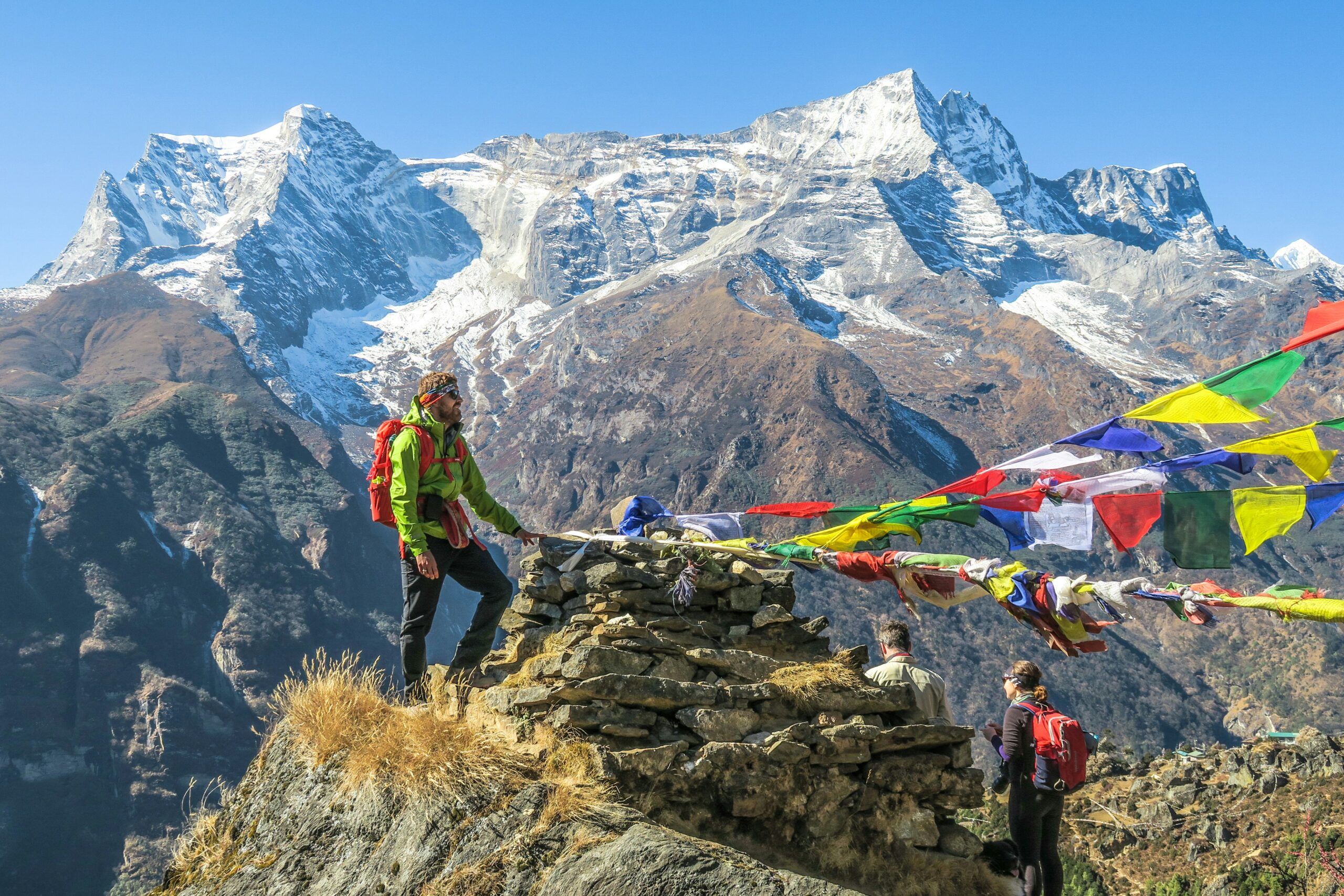
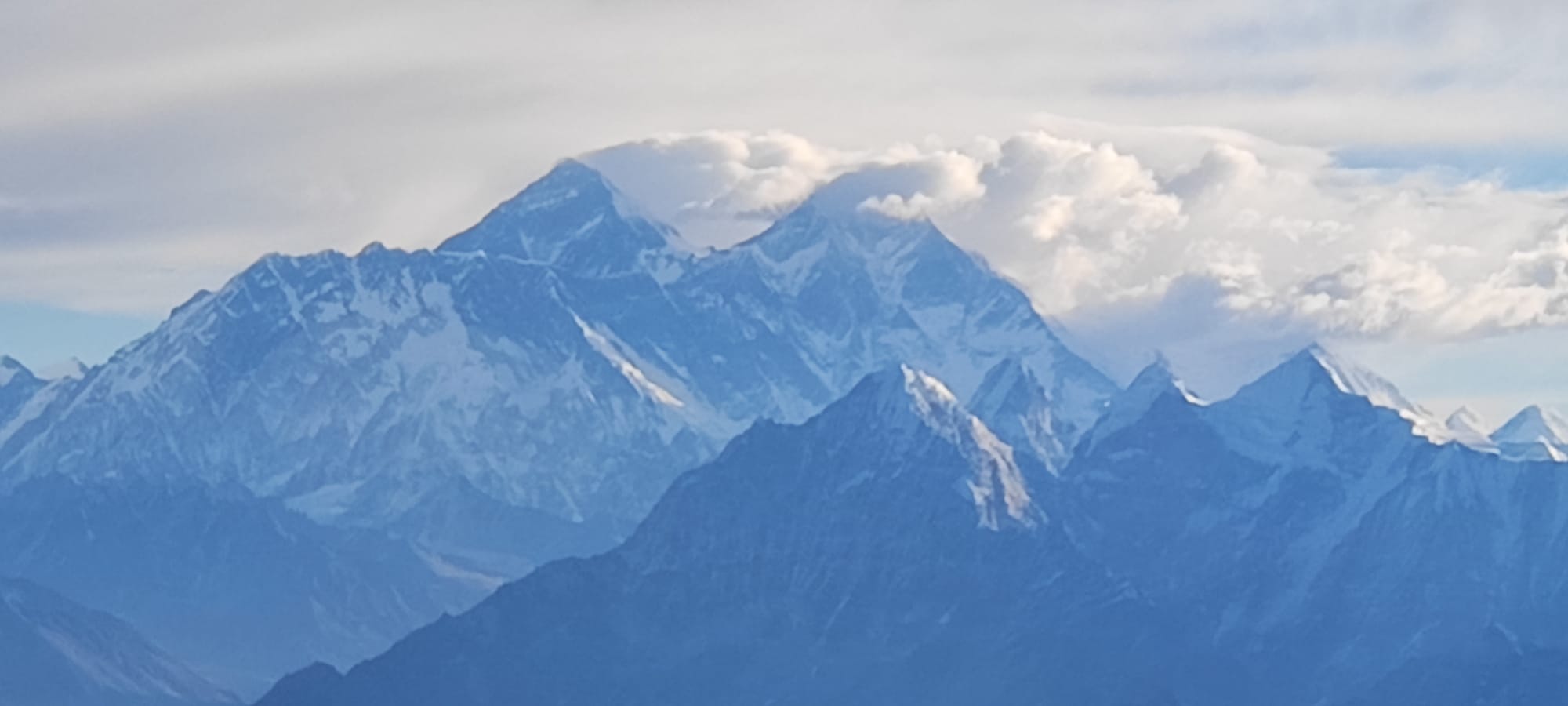

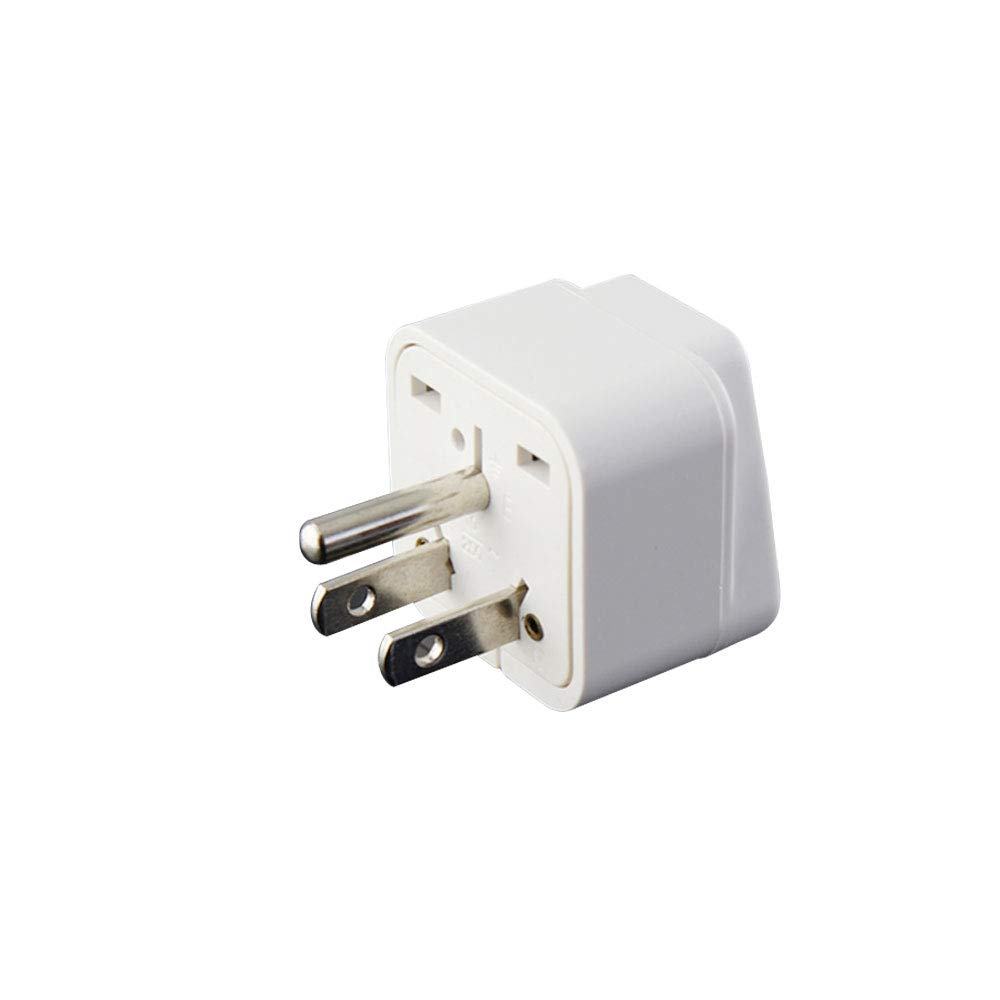
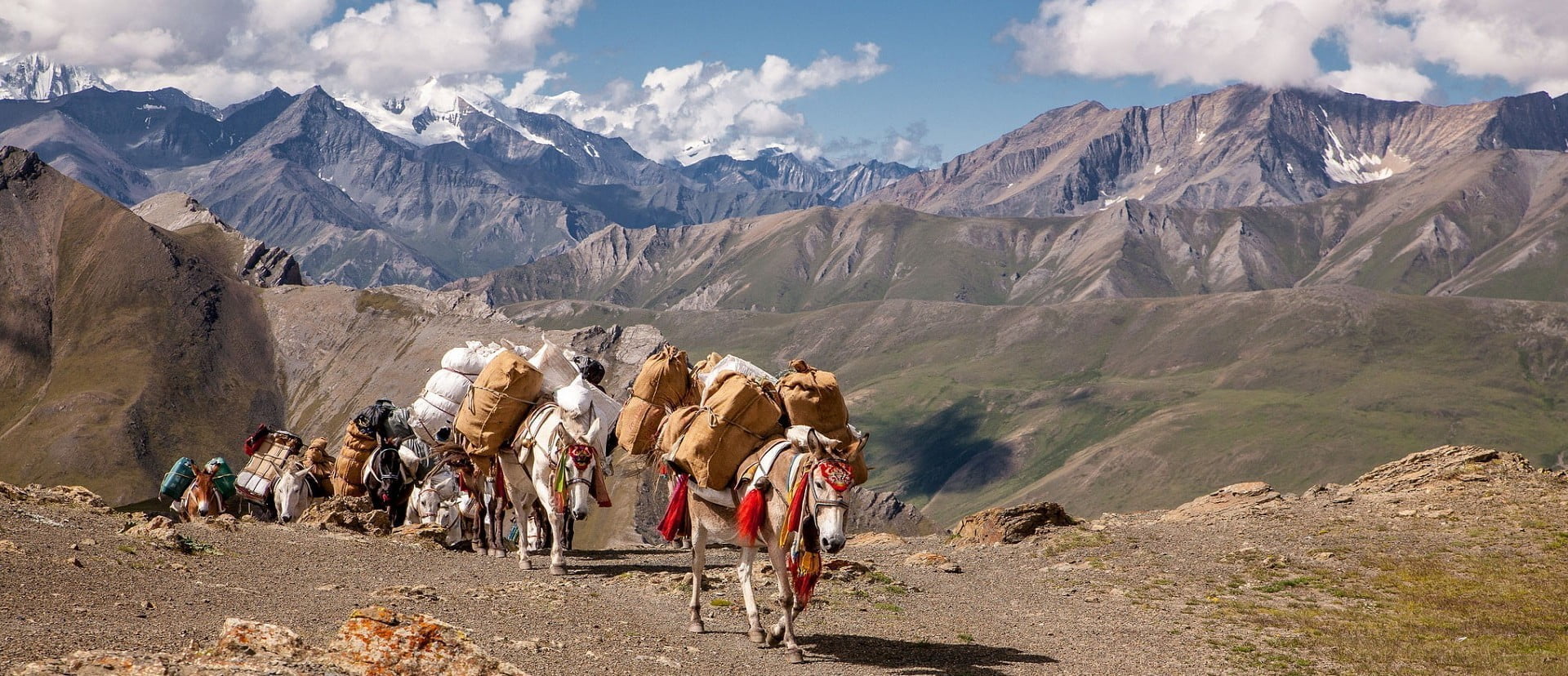
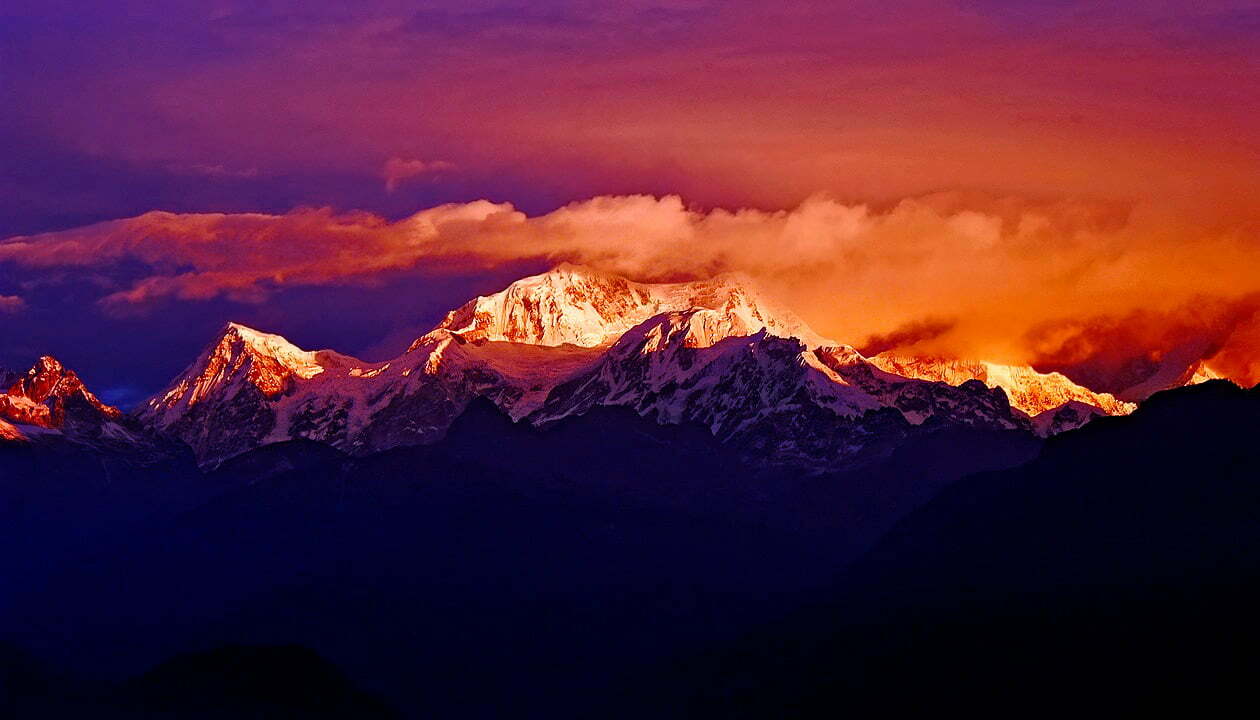
Write a Review